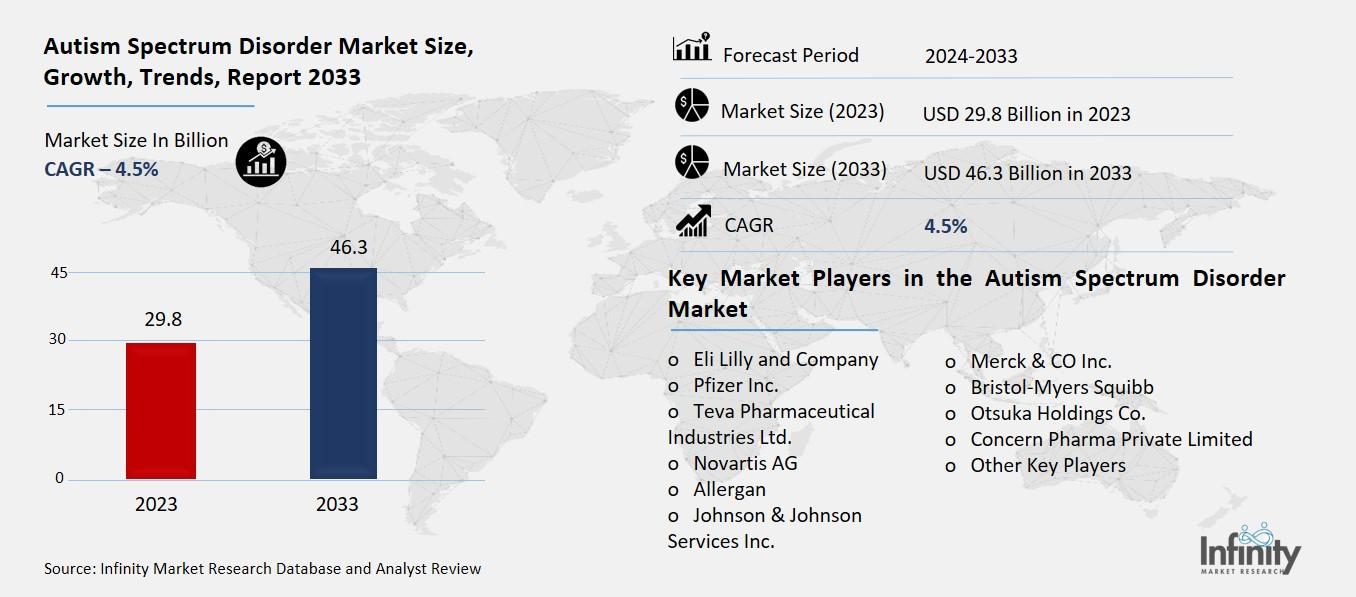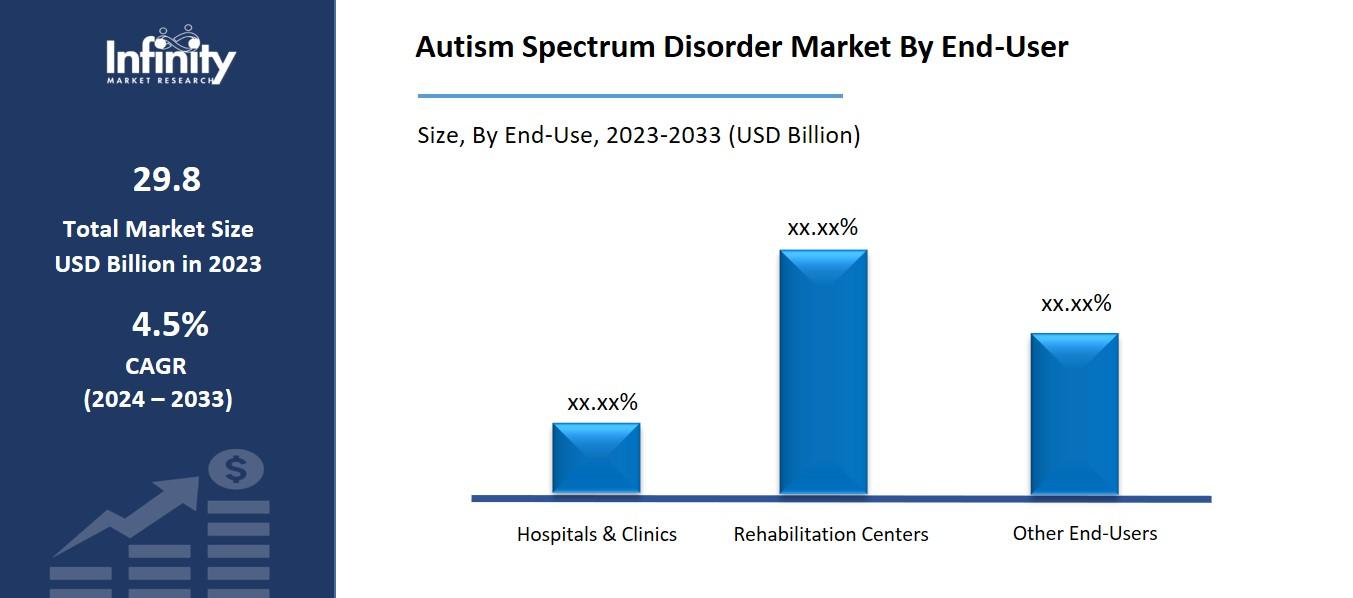
🔐 Secure Payment Guaranteed
Safe checkout with trusted global payment methods.
🌟 Why Choose Infinity Market Research?
At Infinity Market Research, we dont just deliver data — we deliver clarity, confidence, and competitive edge.
In a world driven by insights, we help businesses unlock the infinite potential of informed decisions.
Here why global brands, startups, and decision-makers choose us:
Industry-Centric Expertise
With deep domain knowledge across sectors — from healthcare and technology to manufacturing and consumer goods — our team delivers insights that matter.
Custom Research, Not Cookie-Cutter Reports
Every business is unique, and so are its challenges. Thats why we tailor our research to your specific goals, offering solutions that are actionable, relevant, and reliable.
Data You Can Trust
Our research methodology is rigorous, transparent, and validated at every step. We believe in delivering not just numbers, but numbers that drive real impact.
Client-Centric Approach
Your success is our priority. From first contact to final delivery, our team is responsive, collaborative, and committed to your goals — because you re more than a client; you re a partner.
Recent Reports
Global Myopia Control Lenses Market Report 2025-33
Hyaluronic Acid-based Dermal Fillers Market Report
Autism Spectrum Disorder Market
Global Autism Spectrum Disorder Market (By Type, Pervasive Developmental Disorder, Asperger Syndrome, Autistic disorder, and Other Types; By Treatment Type, Behavioral Therapy, Speech Therapy, Alternative Therapies, and Other Treatment Types; By End-User, Hospitals & Clinics, Rehabilitation Centers, and Other End-Users, By Region and Companies), 2024-2033
Jan 2025
Healthcare
Pages: 138
ID: IMR1405
Autism Spectrum Disorder Market Overview
Global Autism Spectrum Disorder Market acquired the significant revenue of 29.9 Billion in 2023 and expected to be worth around USD 46.8 Billion by 2033 with the CAGR of 4.5% during the forecast period of 2024 to 2033. The Autism Spectrum Disorder (ASD) market remains highly niche, however, its growth is steadily accelerating due to the higher awareness, more accurate diagnostic tools, and a growing number of patients worldwide. ASD refers to a group of disorders that affect development of the brain in which a person has difficulties in social interaction, verbal and nonverbal communication and in using their imagination. Some of the products that make up a market are diagnostic equipment, therapy, drugs and education intervention for the ASD patients. Major application areas in this market are the diagnostic equipment in the initial stages of ASD, behavioral therapy comprising ABA, speech therapy, and medication management.

The enhanced emphasis that had been provided to the necessity of early identification and individualized treatment has contributed to the growing need for such specific services and goods. Also, digital therapeutics and tools based on AI assistance predict future improvement in the continuum of care. Another factor is government measures and financing of research since there has been a growth in the call for helping people with ASD.
Drivers for the Autism Spectrum Disorder Market
Advancements in Diagnostic and Therapeutic Technologies
Diagnostic and therapeutic tools are enhancing tremendously in the diagnosis and treatment of Autism Spectrum Disorder (ASD), meaning that patients are receiving better, faster and tailored interventions. Even in diagnostics, advances that include genetic tests, neurological imaging, AI technology, and others are strongly helping with identification of ASD before behavioral characteristics are developed. For instance, higher level brain imaging such as the fMRI, are enabling researchers to observe aberrant brain activity linked to ASD hence enabling correct diagnoses. Thirdly, based on the graphical data of behaviors, more and more machine learning techniques have been employed to identify the ultra-early markers for the symptoms of ASD.
On the therapeutic side, technology is improving ways and means of delivery of therapy through technology and virtual platforms. Computerized and autism friendly applications and mobile based programs are being created for enhancing social interaction, speech and language abilities and managing behaviors problems in children with autism. Both VR and AR are being researched as methods of creating suitable environments that allow individuals with ASD to perform tasks, interact socially or to learn how to manage stress.
Restraints for the Autism Spectrum Disorder Market
Limited Availability of Skilled Professionals
The shortage of trained specialists, such as behavioral therapists, speech therapists, and psychologists, presents a significant challenge in the treatment of Autism Spectrum Disorder (ASD). These professionals are crucial in providing the tailored care and interventions that individuals with ASD require. Behavioral therapists, particularly those trained in Applied Behavior Analysis (ABA), play a vital role in addressing social, communication, and behavioral challenges, while speech therapists focus on improving language and communication skills. Psychologists help with emotional and cognitive development, offering necessary support for both individuals with ASD and their families.
Opportunity in the Autism Spectrum Disorder Market
Expansion of Educational and Supportive Services
The increased focus on integrating individuals with Autism Spectrum Disorder (ASD) into educational systems and the workforce is creating significant opportunities for specialized educational tools and services. As society becomes more inclusive, there is a growing recognition of the importance of providing tailored educational experiences that address the unique learning needs of individuals with ASD. Specialized tools, such as assistive technology, customized learning software, and sensory-friendly environments, are being developed to enhance the learning experience for students with ASD. These tools can support students in areas such as communication, social interaction, and executive function skills, helping them navigate both academic and social challenges.
Trends for the Autism Spectrum Disorder Market
Holistic and Multidisciplinary Approaches
The growing trend toward holistic care in the treatment of Autism Spectrum Disorder (ASD) emphasizes the importance of a multi-disciplinary approach that integrates various forms of therapy, nutrition, and mental health support for comprehensive care. This approach recognizes that individuals with ASD have a range of needs that go beyond just behavioral interventions and medical treatment, and thus, a more inclusive strategy is required to address their overall well-being. By combining expertise from different fields, holistic care aims to offer more personalized and effective treatment plans that take into account the individual’s physical, emotional, and social health.
In a holistic care model, behavioral therapies such as Applied Behavior Analysis (ABA) or speech therapy are often combined with mental health services, such as counseling and psychological support, to address emotional and social challenges. These therapies help individuals develop key life skills and improve their social interactions.
Segments Covered in the Report
By Type
o Pervasive Developmental Disorder
o Asperger Syndrome
o Autistic disorder
o Other Types
By Treatment Type
o Behavioral Therapy
o Speech Therapy
o Alternative Therapies
o Other Treatment Types
By End-User
o Hospitals & Clinics
o Rehabilitation Centers
o Other End-Users
Segment Analysis
By Type Analysis
On the basis of type, the market is divided into pervasive developmental disorder, asperger syndrome, autistic disorder, and other types. Among these, autistic disorder segment acquired the significant share in the market due to its higher recognition and prevalence compared to other types such as Asperger syndrome and pervasive developmental disorder (PDD). Autistic disorder, often referred to as classic autism, is characterized by more pronounced symptoms, including significant challenges in communication, behavior, and social interaction. These visible and severe symptoms typically lead to earlier diagnosis and intervention, increasing demand for diagnostic tools, therapies, and support services.
By Treatment Type Analysis
On the basis of treatment type, the market is divided into behavioral therapy, speech therapy, alternative therapies, and other treatment types. Among these, behavioral therapy segment held the prominent share of the market owing to the widespread adoption of Applied Behavior Analysis (ABA), which is considered the gold standard in behavioral therapy for ASD. ABA is highly effective in improving key skills such as communication, social interaction, and adaptive behavior by using structured techniques and reinforcement strategies. It is also one of the most extensively researched and proven treatment methods, making it a preferred choice for healthcare providers, caregivers, and educators.
By End-User Analysis
On the basis of end-user, the market is divided into hospitals & clinics, rehabilitation centers, and other end-users. Among these, hospitals & clinics segment held the prominent share of the market. Hospitals and clinics typically have access to a wide array of healthcare professionals, including pediatricians, neurologists, psychologists, speech therapists, and behavioral therapists, which allows for a more integrated and coordinated treatment plan for ASD patients.

Additionally, hospitals and clinics are often the first point of contact for individuals seeking professional help, especially for early intervention, which is crucial in improving developmental outcomes in children with ASD. The presence of specialized diagnostic tools, such as genetic testing and neuroimaging, further strengthens the role of hospitals and clinics in the ASD treatment process.
Regional Analysis
North America Dominated the Market with the Highest Revenue Share
North America held the most of the share of 32.4% of the market due to a combination of advanced healthcare infrastructure, high awareness levels, and significant investments in research and development. The United States, in particular, leads the region with its well-established healthcare system, widespread access to specialized services, and a strong focus on early diagnosis and intervention for ASD.
Government initiatives, such as the Centers for Disease Control and Prevention (CDC) funding for autism research and awareness programs, have further propelled the growth of the market by improving access to care and promoting early detection. Additionally, the region benefits from a high rate of autism diagnosis, which is supported by increased public awareness, evolving diagnostic tools, and a growing understanding of the disorder's spectrum.
Competitive Analysis
The competitive landscape of the Autism Spectrum Disorder (ASD) market is marked by the presence of several key players, including pharmaceutical companies, medical device manufacturers, therapy providers, and digital health innovators. These companies compete on the basis of innovative treatment offerings, technological advancements, and the ability to address the diverse and evolving needs of individuals with ASD. Major players in the market include both established healthcare companies offering behavioral therapies, speech therapies, and diagnostic tools, as well as emerging startups specializing in digital therapeutics, AI-driven diagnostic tools, and online platforms that offer remote therapy solutions.
Recent Developments
In November 2023, Yamo Pharmaceuticals LLC (Yamo) announced that it has successfully completed enrollment in its Phase 2 study evaluating L1-79 in adolescents and young adults with autism spectrum disorder.
Key Market Players in the Autism Spectrum Disorder Market
o Eli Lilly and Company
o Pfizer Inc.
o Teva Pharmaceutical Industries Ltd.
o Novartis AG
o Allergan
o Johnson & Johnson Services Inc.
o Merck & CO Inc.
o Bristol-Myers Squibb
o Otsuka Holdings Co.
o Concern Pharma Private Limited
o Other Key Players
|
Report Features |
Description |
|
Market Size 2023 |
USD 29.8 Billion |
|
Market Size 2033 |
USD 46.3 Billion |
|
Compound Annual Growth Rate (CAGR) |
4.5% (2023-2033) |
|
Base Year |
2023 |
|
Market Forecast Period |
2024-2033 |
|
Historical Data |
2019-2022 |
|
Market Forecast Units |
Value (USD Billion) |
|
Report Coverage |
Revenue Forecast, Market Competitive Landscape, Growth Factors, and Trends |
|
Segments Covered |
By Type, Treatment Type, End-User, and Region |
|
Geographies Covered |
North America, Europe, Asia Pacific, and the Rest of the World |
|
Countries Covered |
The U.S., Canada, Germany, France, U.K, Italy, Spain, China, Japan, India, Australia, South Korea, and Brazil |
|
Key Companies Profiled |
Eli Lilly and Company, Pfizer Inc., Teva Pharmaceutical Industries Ltd., Novartis AG, Allergan, Johnson & Johnson Services Inc., Merck & CO Inc., Bristol-Myers Squibb, Otsuka Holdings Co., Concern Pharma Private Limited, and Other Key Players. |
|
Key Market Opportunities |
Expansion of Educational and Supportive Services |
|
Key Market Dynamics |
Advancements in Diagnostic and Therapeutic Technologies |
📘 Frequently Asked Questions
1. Who are the key players in the Autism Spectrum Disorder Market?
Answer: Eli Lilly and Company, Pfizer Inc., Teva Pharmaceutical Industries Ltd., Novartis AG, Allergan, Johnson & Johnson Services Inc., Merck & CO Inc., Bristol-Myers Squibb, Otsuka Holdings Co., Concern Pharma Private Limited, and Other Key Players.
2. How much is the Autism Spectrum Disorder Market in 2023?
Answer: The Autism Spectrum Disorder Market size was valued at USD 29.8 Billion in 2023.
3. What would be the forecast period in the Autism Spectrum Disorder Market?
Answer: The forecast period in the Autism Spectrum Disorder Market report is 2024-2033.
4. What is the growth rate of the Autism Spectrum Disorder Market?
Answer: Autism Spectrum Disorder Market is growing at a CAGR of 4.5% during the forecast period, from 2024 to 2033.


🔐 Secure Payment Guaranteed
Safe checkout with trusted global payment methods.
🌟 Why Choose Infinity Market Research?
- Accurate & Verified Data:Our insights are trusted by global brands and Fortune 500 companies.
- Complete Transparency:No hidden fees, locked content, or misleading claims — ever.
- 24/7 Analyst Support:Our expert team is always available to help you make smarter decisions.
- Instant Savings:Enjoy a flat $1000 OFF on every report.
- Fast & Reliable Delivery:Get your report delivered within 5 working days, guaranteed.
- Tailored Insights:Customized research that fits your industry and specific goals.




